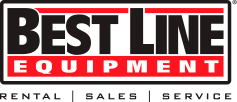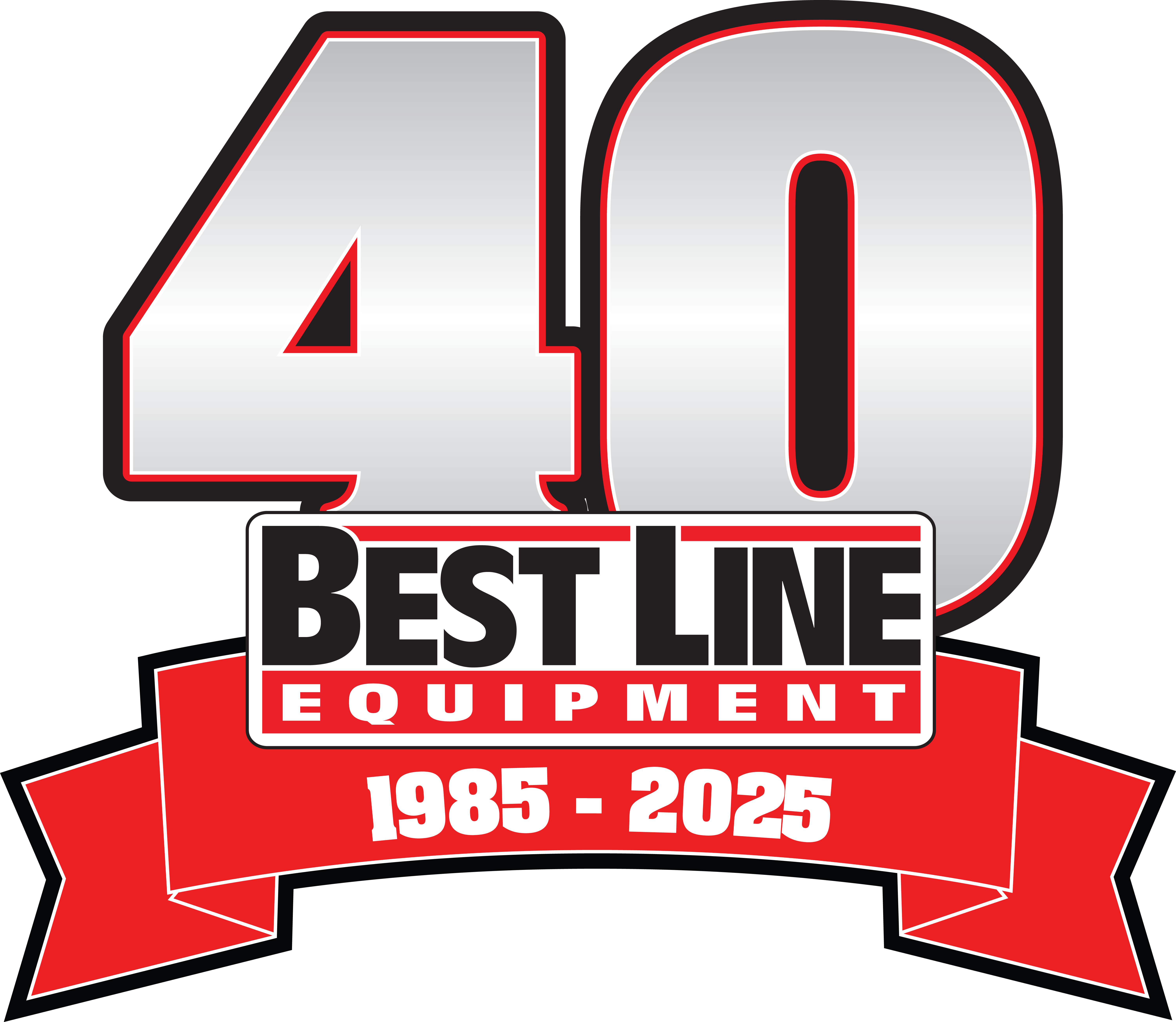Are You Getting The Most Out of Your Undercarriage?
The Doosan excavator is one of the hardest working machines you will use on a job site but the hardest working part of the excavator that is often neglected is the undercarriage. Without the undercarriage of the excavator, all the moving pieces of the machine such as the rollers, idlers, and sprocket components would not be able to function properly. These moving components in the undercarriage are considered "wear" components in the machine. This means they are meant to wear over time when working. With all the components included in the undercarriage, it comes down to being responsible for at least half of the crawlers repair expenses. If you wait until something catastrophic happens, you could dig yourself into a deep hole financially. Not only is it costly to repair the undercarriage but it can be time-consuming as well. With that being said, you should take the time to practice maintenance checks regularly. To get the most out of your undercarriage's life and steer clear from downtime, here are a few tips for operators and owners.
Check Your Track Tension
Follow Basic Operator Practices
- Change your directions! Often time's operators can fall into a rhythm of consistently turning the same direction when on the job. It is always good to change your direction to decrease travel on the outside track. What ends up happening if you consistently turn the same direction is it results in unbalanced wear with more travel miles on the outside track. If you alternate your turning directions when you can, you can help keep the track wear rates the same.
- Sometimes, slow and steady does win the race! By minimizing nonproductive high operating speeds, it can reduce wear on your undercarriage components. Also when possible, try making wider turns. Making sharp turns can lead to accelerated wear and increase the chances of de-tracking your machine.
- Operators should try to avoid harsh environments when possible. Rough environments could include rough asphalt, concrete, or other rough materials. Operating and moving on these materials overtime could damage the tracks
Daily Walk Around
- Every operator should start their by conducting a walk around. When conducting a visual inspection of your powerful machine you should be on the lookout for loose hardware and pieces, leaky seals, dry joints, and abnormal wear patterns. During your walk around you need to also inspect the following:
- Drive Motor
- Drive Sprockets
- Main Idlers and Rollers
- Rock Guards
- Track Bolts
- Track Chains
- Track Shoes
- Track Tension
When in doubt, you should refer to your manufacturer's operation and maintenance manual for further guidance.
Be On The Lookout For Debris
If you are interested in learning more about heavy equipment, visit us at one of our many locations across Pennsylvania or give us a call at 1-800-679-BEST (2378).


